Today the blockchain trend looks a bit like that:


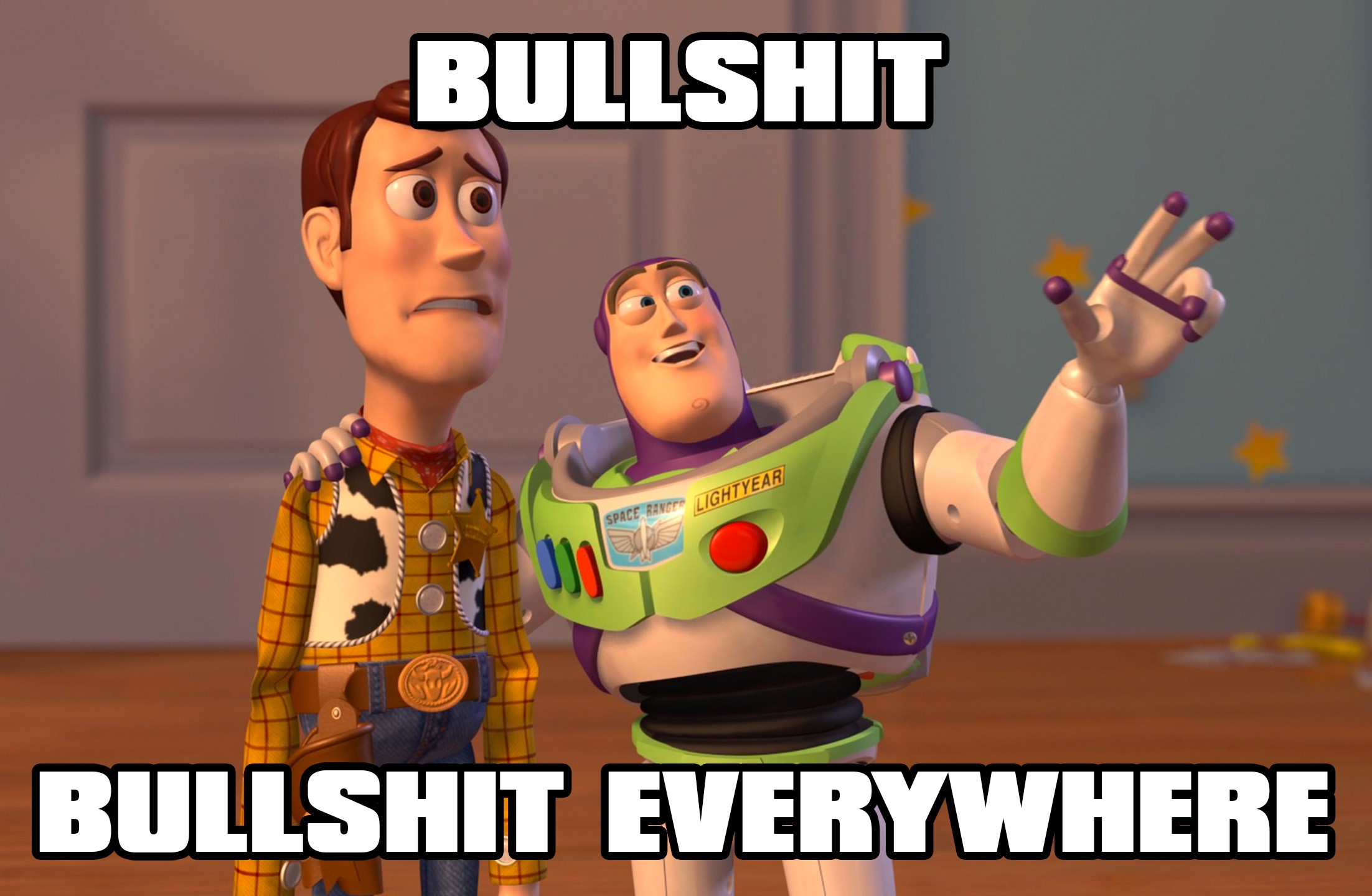
Blockchain technologies are interested to think transparent and secured peer-to-peer distribution in sectors where a limited amount of middle-men takes the large majority of the room. To put it in a more practical way:
- in the banking and financial ecosystem trusted by few banks, funds and multi-national companies, Bitcoin (based on a blockchain technology - with all the known limitations) makes it possible in specific activities, to get ride of the middle-man and enable direct peer-to-peer transactions.
- in the same manner, in the energy sector, depending on the countries, grid and production are usually trusted by a few actors, and clearly not inter-operable with other infrastructures operators (EV for instance). A bit like for Bitcoin - but with a much more complex ecosystem, thus requiring to think beyond blockchain - blockchain technologies are an excuse to think distributed, transparent and secured peer-to-peer systems. We do use the word EXCUSE because, as we'll notice later, blockchain technologies do not answer every needs of decentralized peer-to-peer energy transactions, and even bring limitations that necessitate to choose the part of the blockchain technology that we can use in a contexte where hybridization with other technologies is essential.
To be a bit provocative, we would then say that blockchains as blockchain won't revolutionize anything. What's interesting however, and ground for potential revolution, is the spirit and the potential of hybridization and interoperation with other technologies, and appropriation by sectors and communities that are "outside-the-blockchain-box" of blockchain.
What are we capable of doing with blockchain technologies at our scale ?
From now on, in our case, the blockchain technology that we use (local private Ethereum blockchain) makes it possible to automate virtual electricity transactions between peers based on a algorithm ("smart-contract" that have nothing such as smart nor contract) on a 4-nodes distributed, transparent and "secured" database. We are also capable of making physical effective electricity transactions from the required producer to the necessitated consumer: switching based on the actual transaction switch operated by the "smart-contract" that triggers from which producer the calling consumer buys its electricity.
And what are the limitation that we came across while applying it to the energy sector ?
Please note that those limitations might have been overcome by other people. However, for the moment we do not have enough details in our hands to assure that those have been effectively overcome.
Here we'll try to spot the main limitations of the blockchain technologies applied, in our case, to the energy sector :
- "Blockchain technologies makes it possible to make small transactions at a really low-cost" : the low-cost of small-amount transactions is verified in the case of limited interaction with the blockchain. If continued and permanent interaction with the blockchain is required (such as registering in-real time production and consumption of each peer), then the fees pilling up can entails high amount bills.
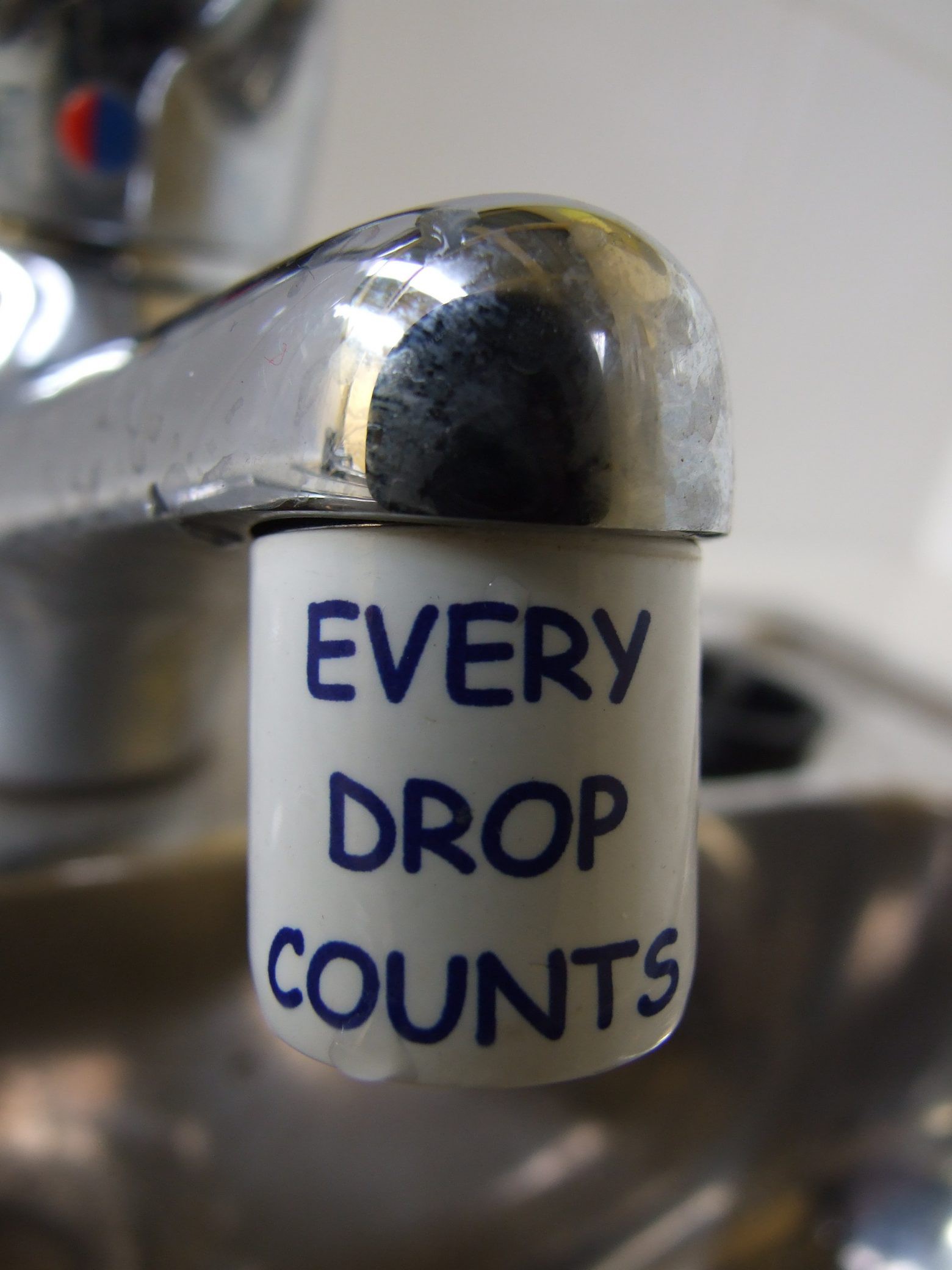
- "Blockchain technologies makes it possible to identify a verifiable, auditable and authentic user" : the users are pseudo-users (it's not anonymous but pseudonymous). Moreover, the blockchain technologies do not verify, label or guaranty the user, or the data the user puts in it. As we put it lovely : "shit in shit out", blockchain technologies are transition tools with inputs and outputs. The inputs need to be validate in order to call the blockchain a "tool for the guarantied and validated information".
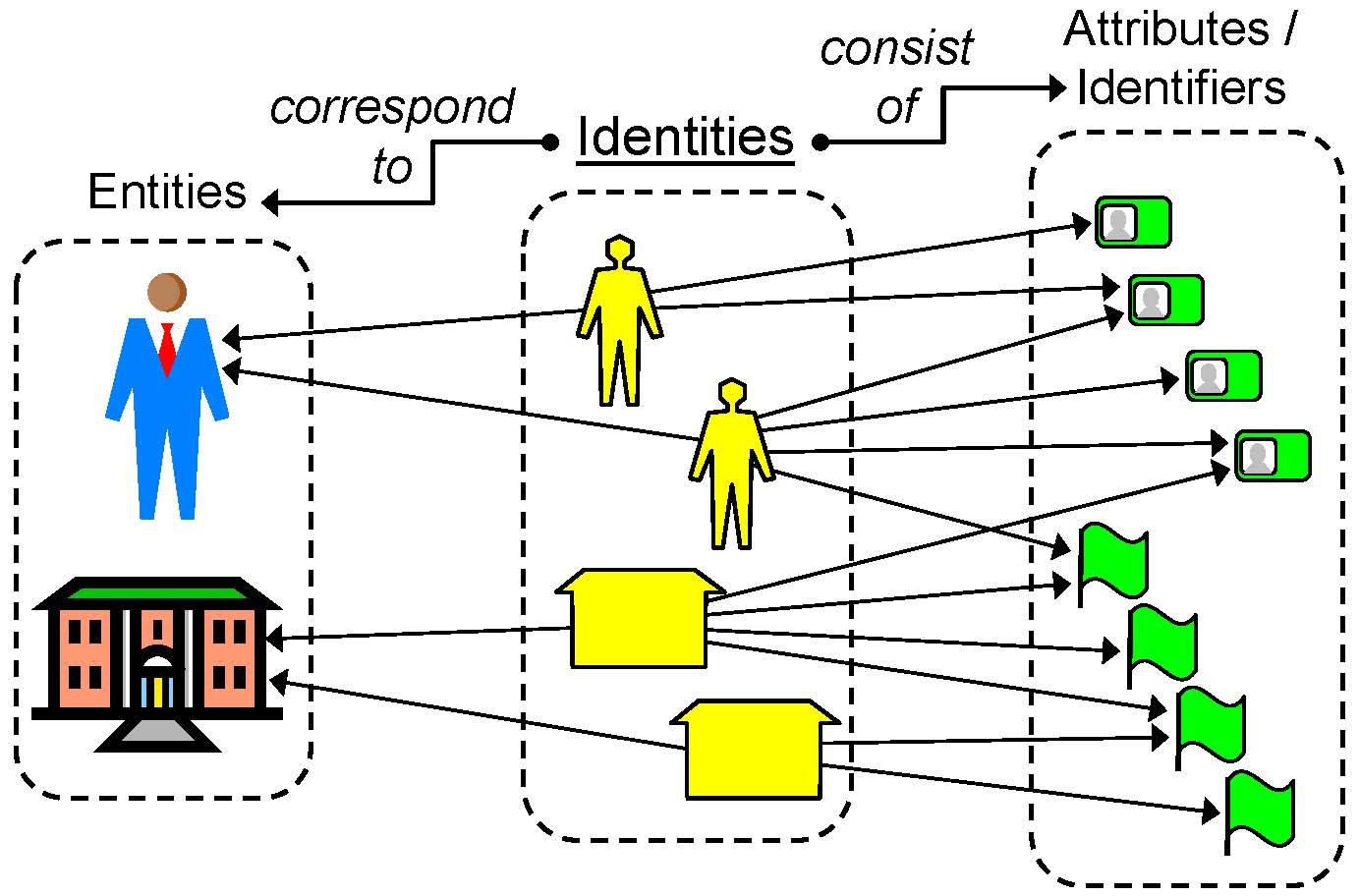
- "Blockchain technologies certify and make transaction more secured, reducing the risk for fraudulent actions" : this is true, provided the consensus process of validation of the transaction.
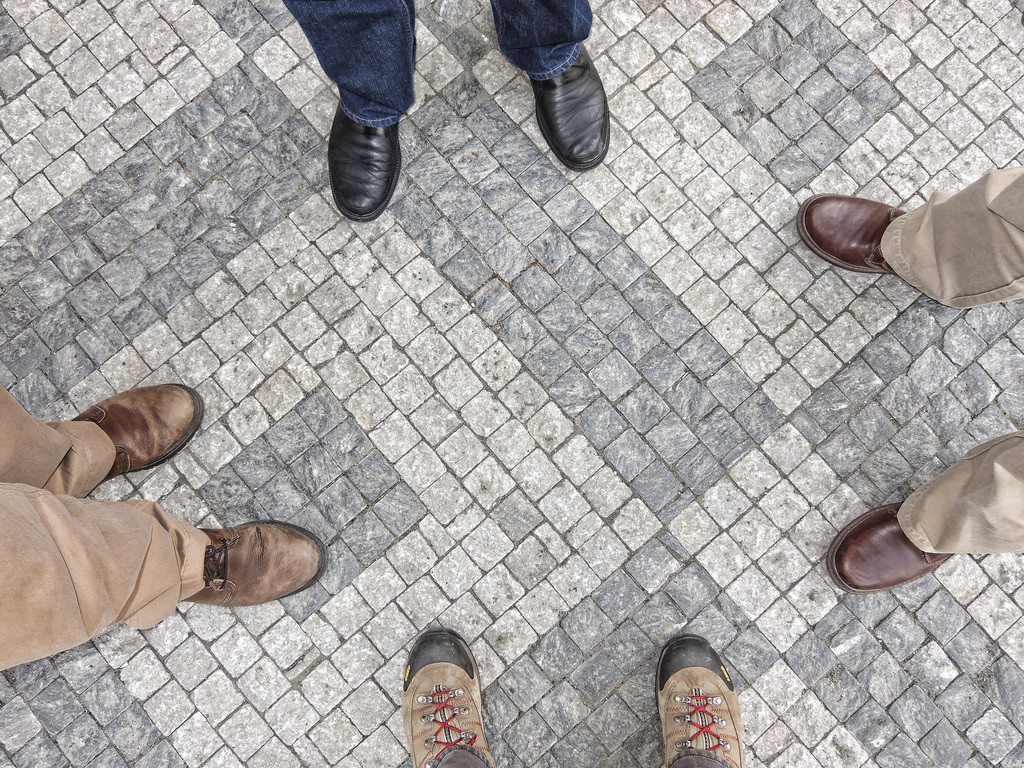
- "Blockchain technologies make information transparent for peers" : this is true, provided that you give the necessary keys to read the information.
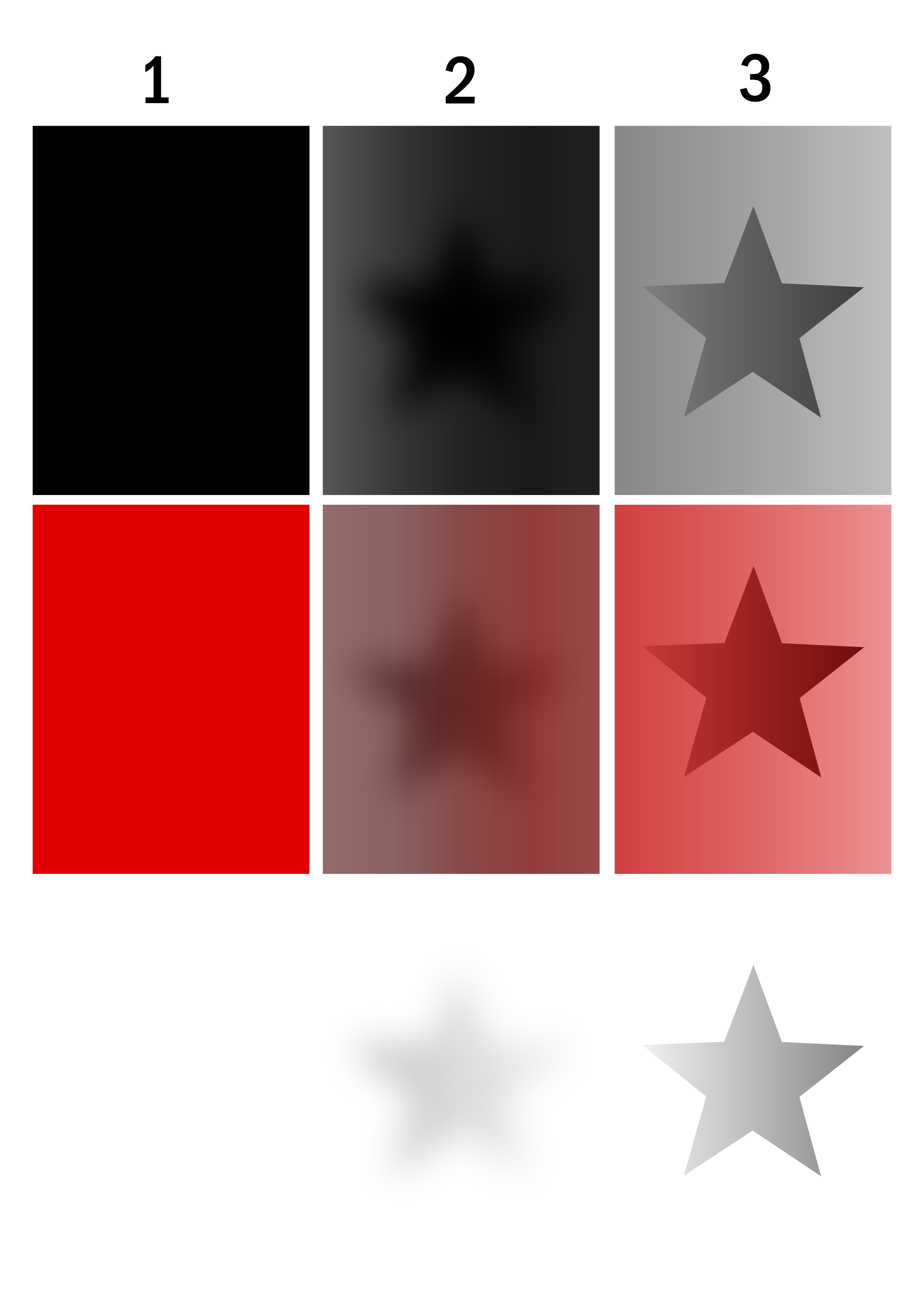
- "Blockchain technologies make real-time transaction possible" : not really. It is faster than a Western Union transaction. However, due the consensus process validation (mining process), blocks validation, for a blockchain used on a regular basis, takes from a few second to few minutes. This is not real-time and that is a limitation in the case the energy where it is necessary to guaranty in real time the consumed and produced amount if we want to keep the link between the transaction process and the physical electricity exchange process.

- "Blockchain technologies make it possible to store any kind of data" : it depends on the blockchain technology and it comes a limitation while talking about the amount (volume) of the stored information. Blockchain technologies are not designed to store huge amount of data, since the more data you store, the heavier the blockchain; thus you loose in flexibility as well as in distributed potential.
- The Proof of Work (PoW) process uses a lot of computational power, thus consuming a lot of energy. This is quite paradoxical while running a project/program around the optimization and rationalization of energy use. This is a hard point that required to be worked out since scaling would require strong computational power if using PoW. Other potential consensus validation process can be used such as Proof of Stake (PoS) for instance.
Consequently, there are currently strong limitations to the use of blockchain technologies, taken alone, for making scalable distributed peer-to-peer electricity exchange and transaction. However, blockchain technologies are strongly good bases to start working on such a system.
That's what we've achieve during those past 5 month : to define the relevance of the use of blockchain technologies in the energy sector to build the conditions that favor transparent, secured, pseudonymous peer-to-peer electricity transaction; and, if not completely relevant, what are the ways we need to work to answer the issues we are facing. We've also achieve strong community federation around the DIASEE program.
We've still got more questions than answers, since in any exploration phase you experiment things that few or none have tried or worked out. We are convinced that we've build strong expertise on blockchain technologies and it's time to explore the hybridization of the technology with other emerging technologies that could answer our current and possible future issues.
So what's next and how do we see a workable distributed peer-to-peer electricity exchange/transaction system ?
A workable distributed peer-to-peer electricity transaction system won't be a blockchain-energy system; it would probably be a blockchain-IPFS-BigChainBD like system.
However, other solutions are emerging such as Proof of Stake (PoS) or lightning process (off-chain transaction and validation processes) helping to leverage the current blockchain barriers.
Given the current limitations of the main blockchain technologies with regards to the energy sector, it would be interesting to work on :
- How to make real-time transaction ?
- How to store the data and keep immutable track of it ?
- how to make the use of blockchain-like technologies less power and energy consuming ?
- How to make it cheap to use ?
- How to make sure that i the initial information is correct and validated, and that energy-fraud is not possible ?
Why are those questions relevant ?
- Because local flexibility required reactivity, thus the necessity to link the physical electricity exchange with the data-based electricity transaction;
- Because energy data (meaning consuming and producing patterns and predictions) are key for the grid operators and producers;
- Because its absurd to implement at large scale an, apparently, highly energy consuming technology to optimise energy consumption and production;
- Because you dont want your energy bill to be more expensive than it's already; you'll even want it to be less expensive so as for anyone to have access to it;
- Because auditability as well as guarantied and validated data are key to trust within an open environment
Today, we hardly see a workable distributed peer-to-peer electricity exchange / transaction system without current large stakeholders, like energy producers, grids operators, local governments... we also hardly see its development without a data operator. And last of all, we do not see it without the ones who consume the energy.
As a result, we will carry on working on the 3 levels of the DAISEE program:
- the hardware level : the convergence between IoT, blockchain and other enabling distributed system to propose an open-hardware relevant and consistant energy meter ;
- the software level : using Ethereum blockchain as a basis to build a distributed energy data infrastructure with the possibility to run automated, transparent and secured peer-to-peer contract;
- the infrastructure and governance level : how to physical deal with peer-to-peer energy exchange and to build a local energy market place.
What are the next steps for the future development of DAISEE with the DAISEE team, and what will we do and need after the hackaday challenge (if we're top finalist and if we're not...) ?
- The very next step for te DAISEE team is to consolidate the accumulated documentation during those past 5 month and capitalise on those.
- The second step for us is now to clearly set the technologies we will use for the IoT part and the distributed energy data infrastructure.
- The third one is to carry on building strong links with diverse contributors around the world, and consolidate either partnerships or at least cross work with them.
- The fourth step would be re-work both the IoT part and distributed energy data infrastructure on the other part with both economical, institutional and citizen shareholders.
- The fifth step will be to effectively deliver a pilote functioning in real-usage conditions.
- The sixth step will be to work-out what could be called the business model of DAISEE, which might look like something like that:
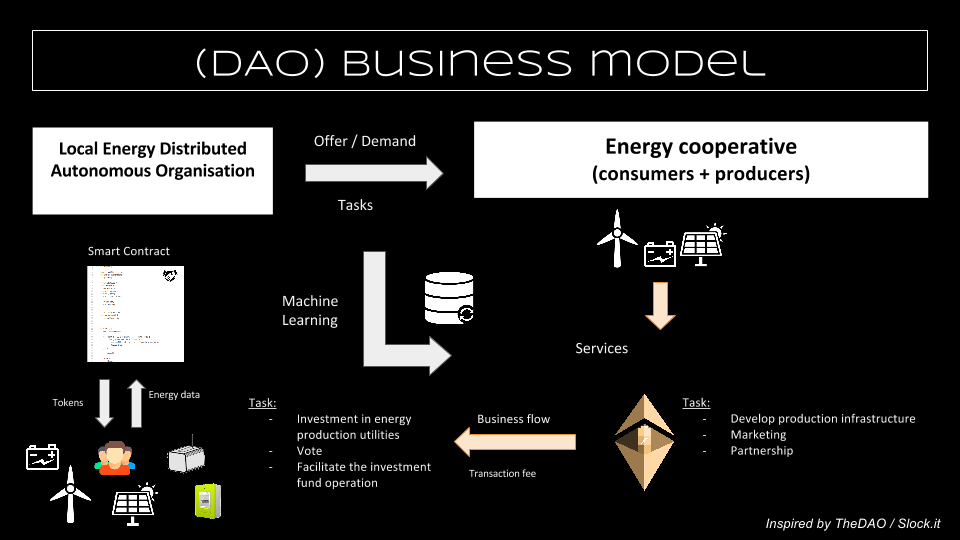
The hackaday prize challenge clearly gave us a line to prototype and test the technical development of part of the DAISEE program. It has been a great experience we will carry on wether or not we're top finalist.
However, not only the prize but also the incubation potential would clearly help to accelerate the project and put it a another scale. In any case, the hackaday community expertises and skills potential is huge; As we tend to bet more on people than money, we will carry on seeking for contributors who share the core vision and values, and challenge the developments!
The next big step for us is to transform a deal for experimenting in territories in real-usage conditions with either local governments or companies, or both. It would help accelerating R&D development in a process of research-action experimentation program, that may transform into a viable pilote.
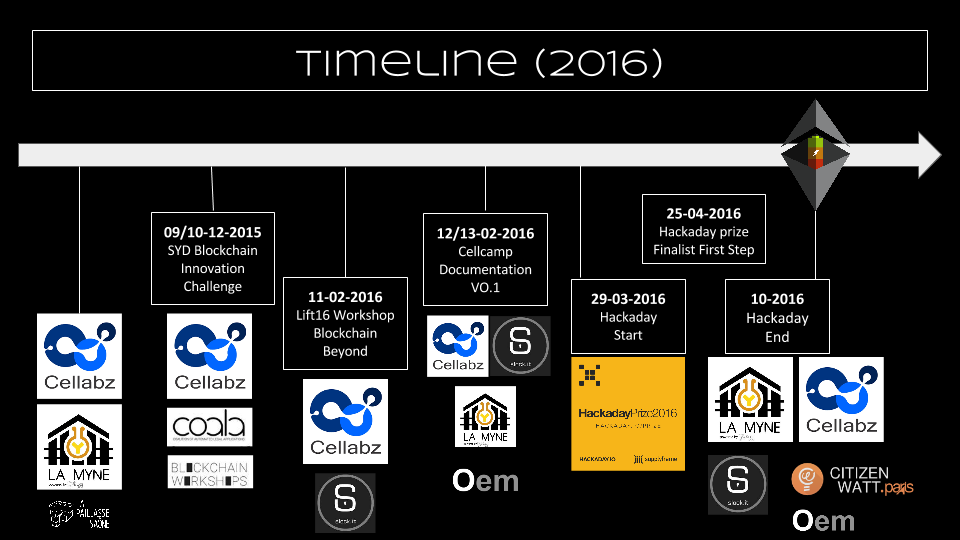
Here is ours now : carrying the development while building an ecosystem for it. Now that we have a working draft prototype, let's build a fully functional prototype by the end of the year, work it through the real-life experience at the beginning of next year and finalize an operational and scalable system by the second half of next year!
Well... the future is ours, with you onboard it would be far more impacting.
 Rieul Techer
Rieul Techer
Discussions
Become a Hackaday.io Member
Create an account to leave a comment. Already have an account? Log In.